Description
The Behringer BDI21 Bass Preamp Pedal is currently retailing at £29.99 and it is in stock. Available to be delivered to you by post direct (some charge may apply).The team at Just Pedals think that Behringer nailed it with the Behringer BDI21 Bass Preamp Pedal. Behringer BDI21 Bass Preamp Pedal

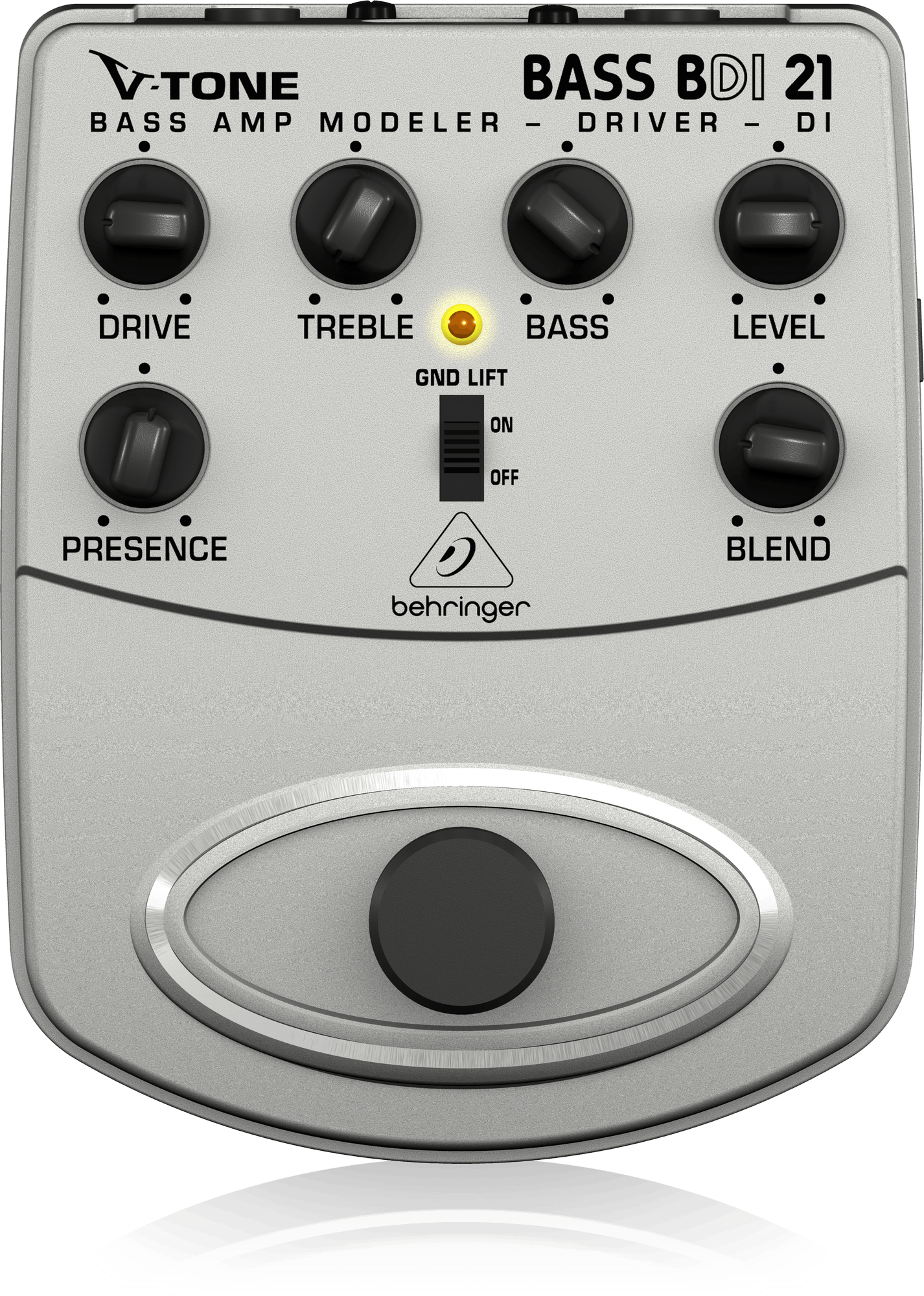
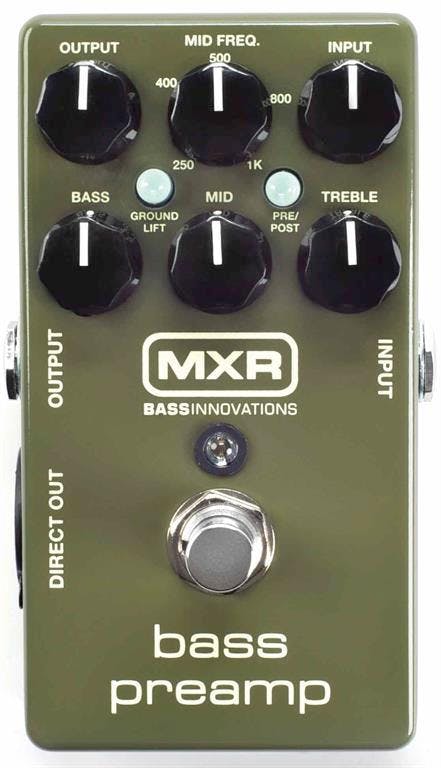
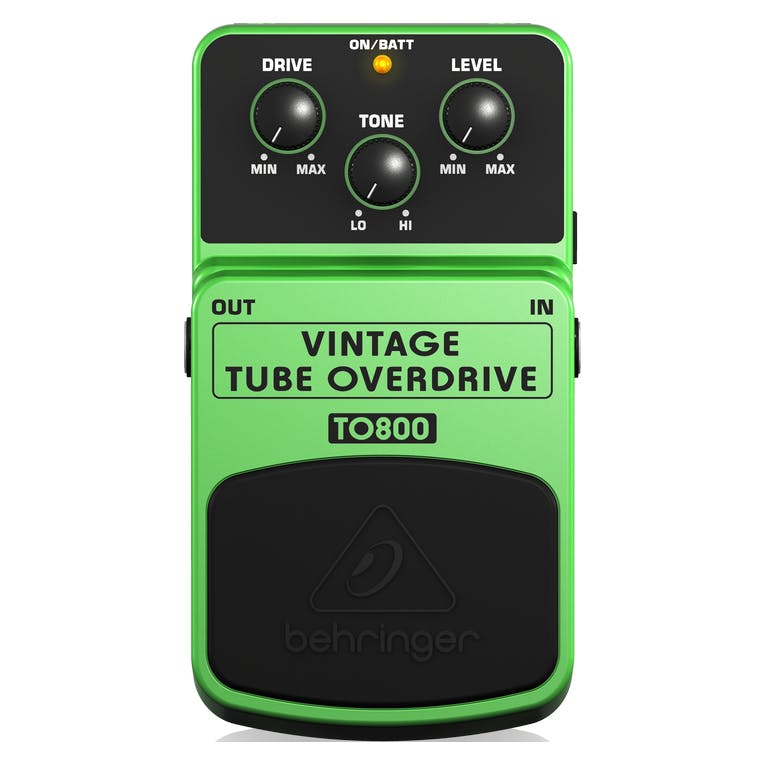
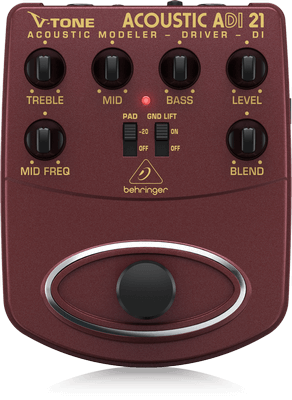
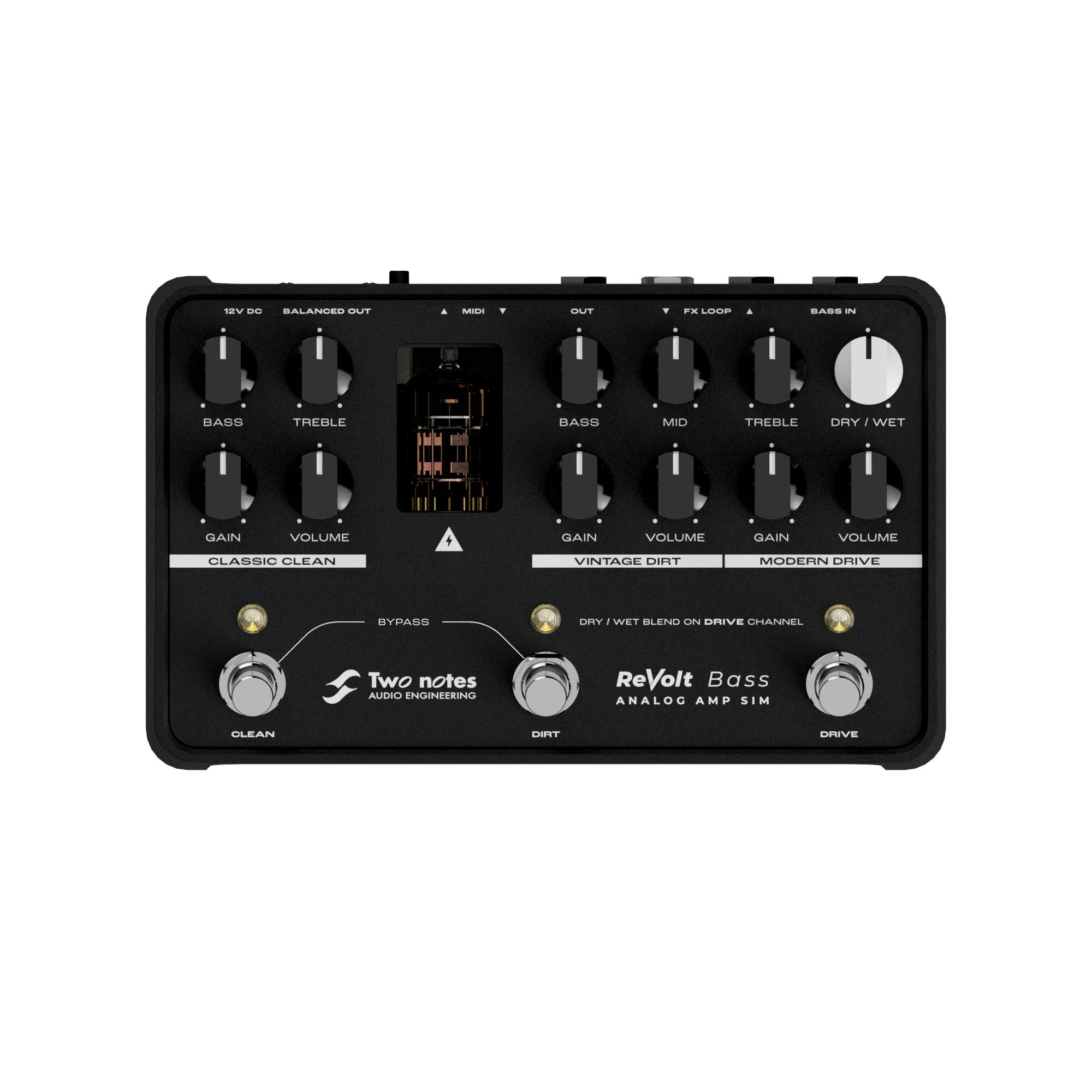
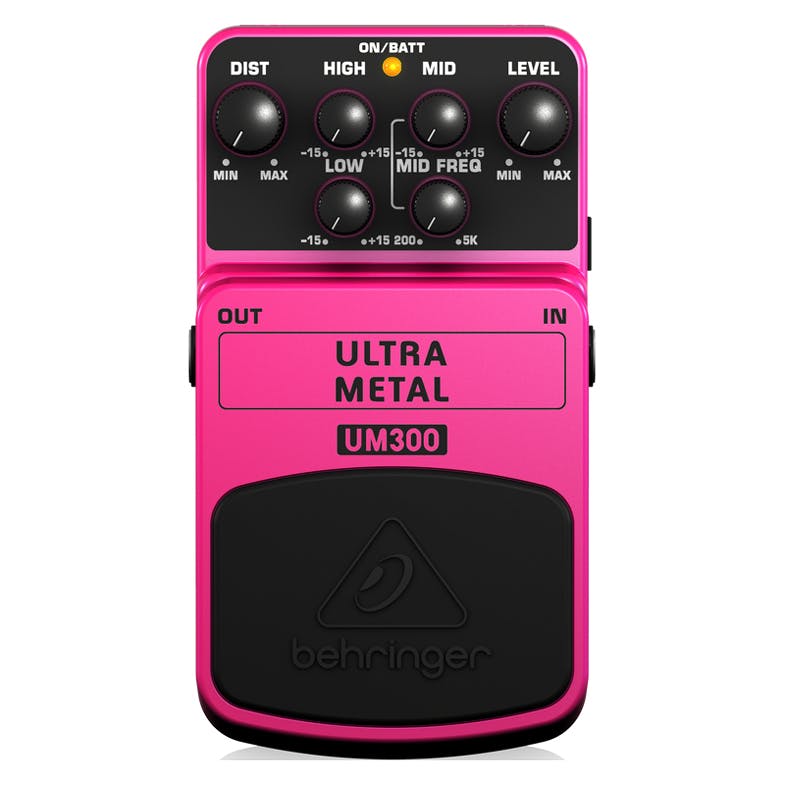
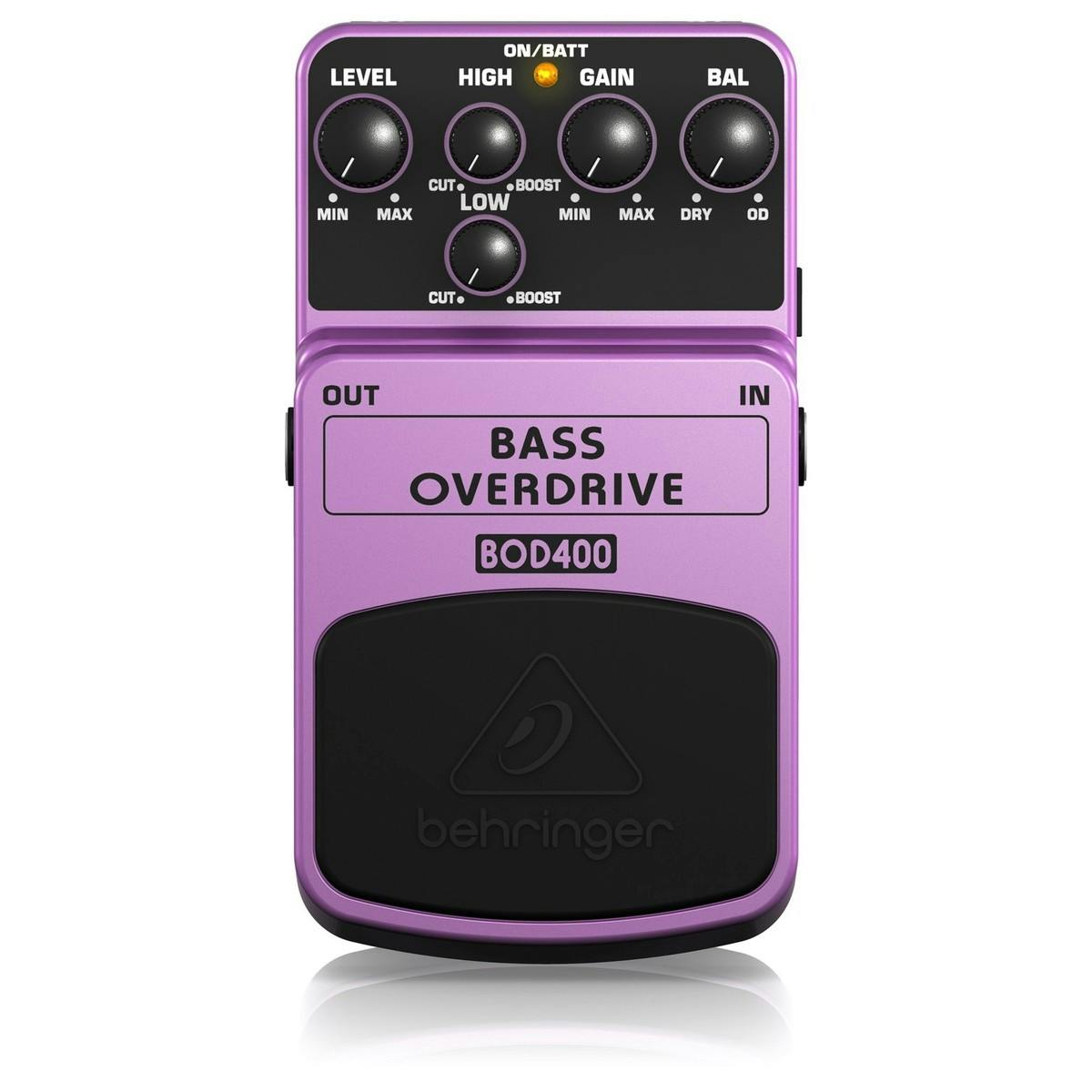
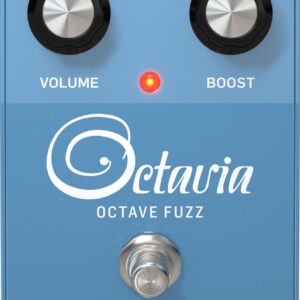
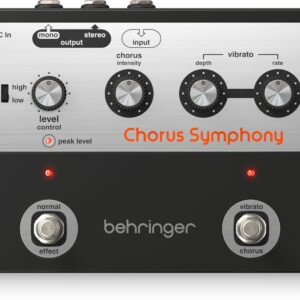

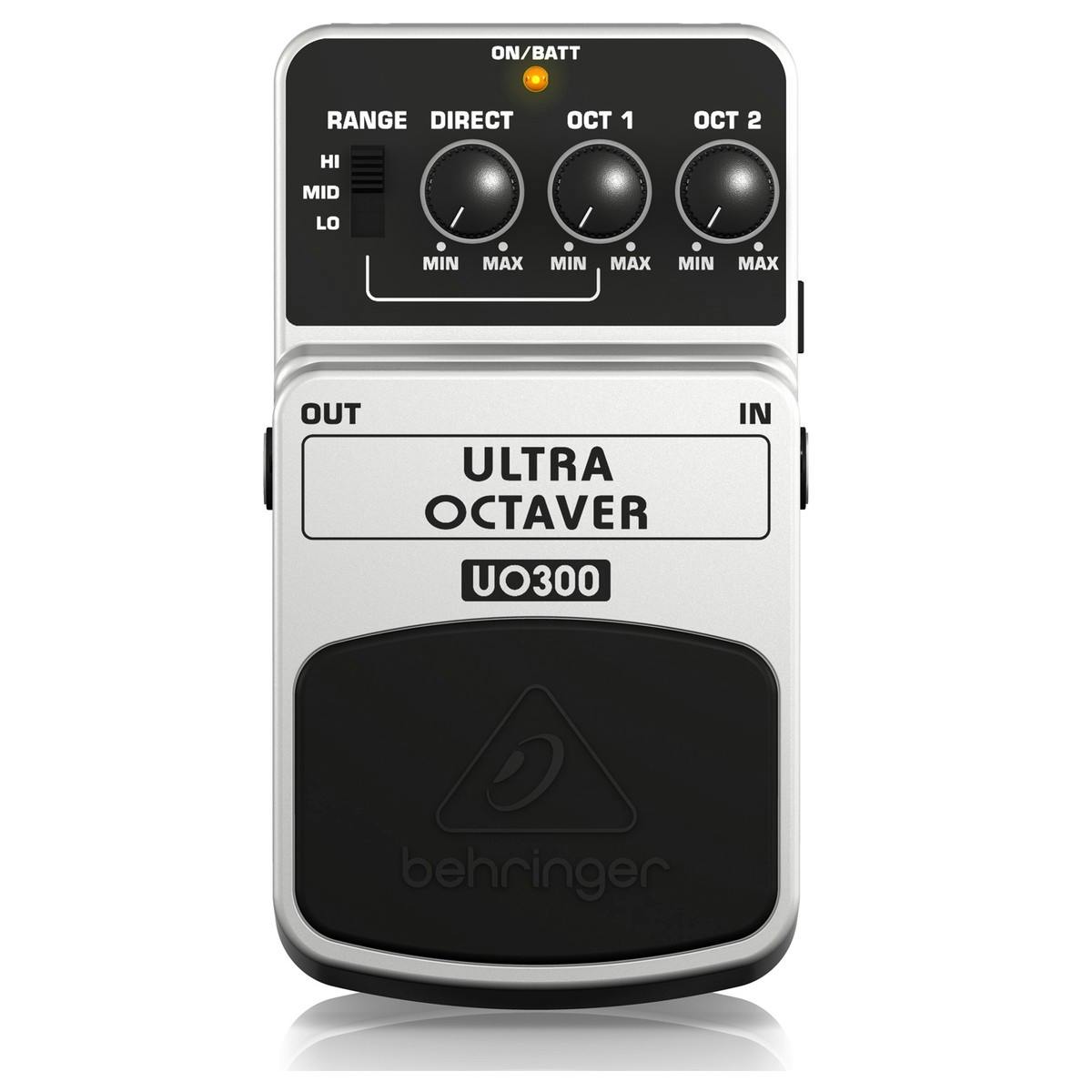
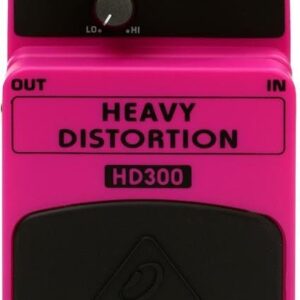

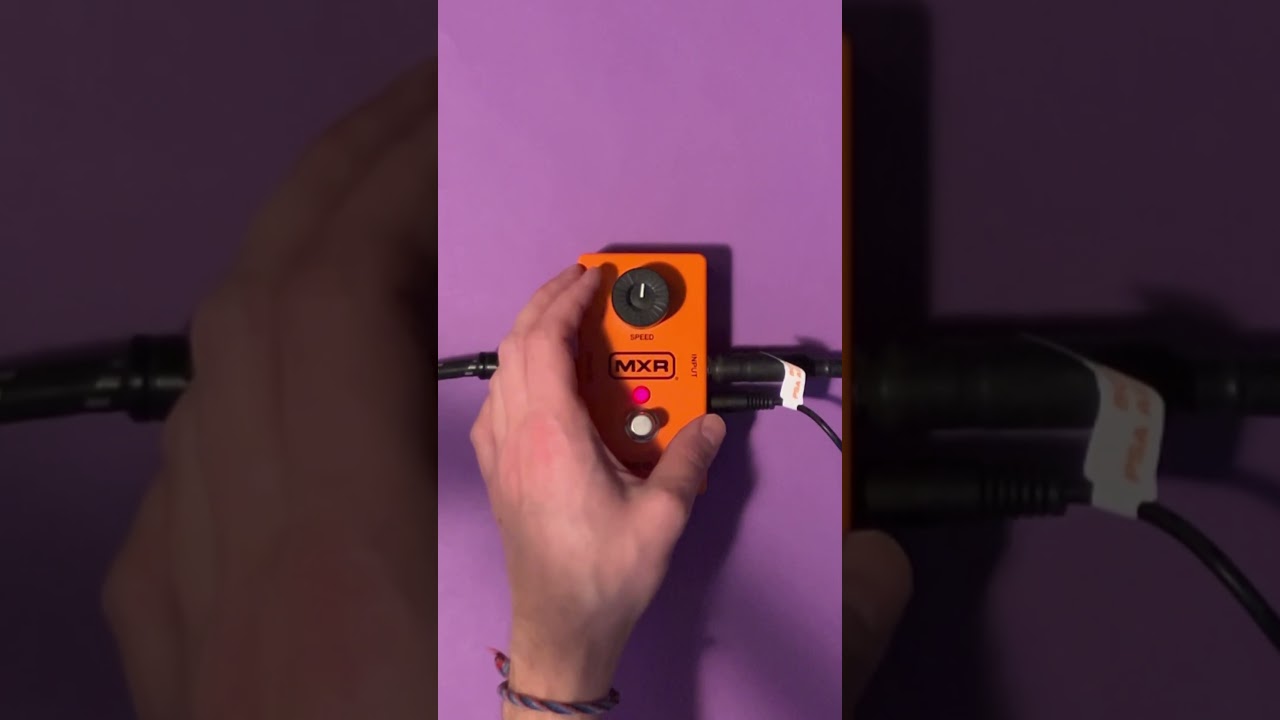
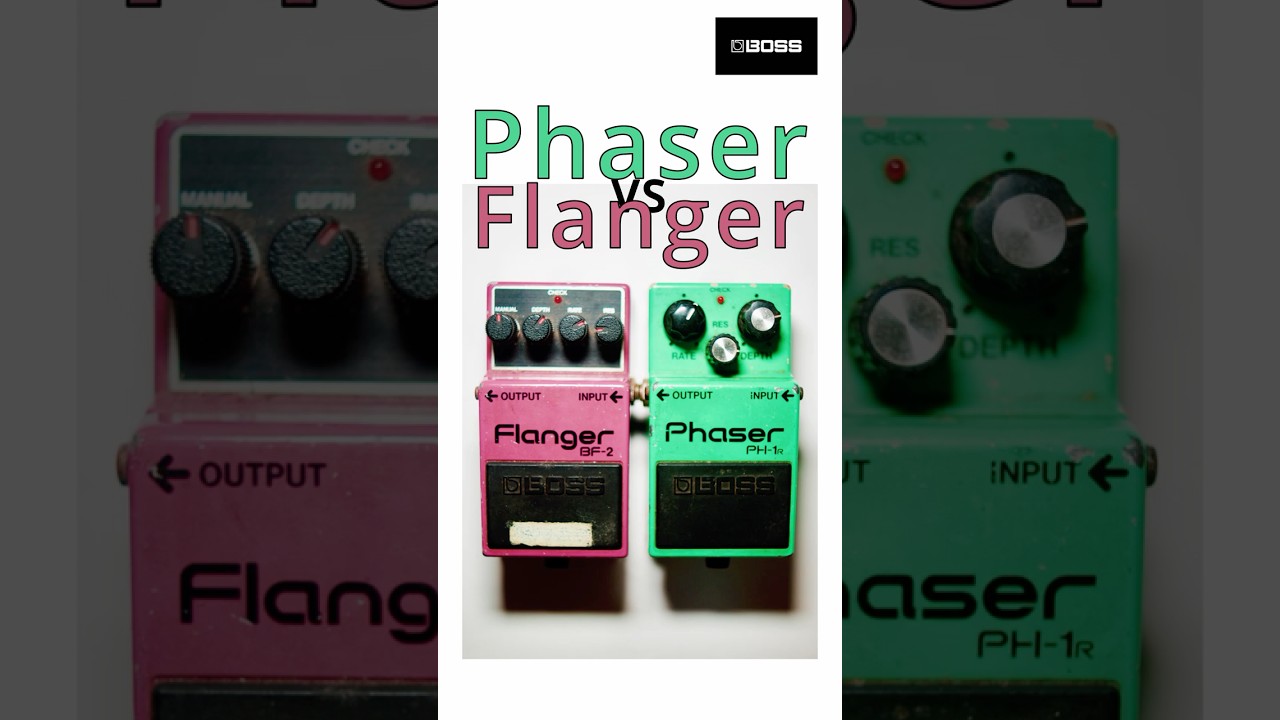
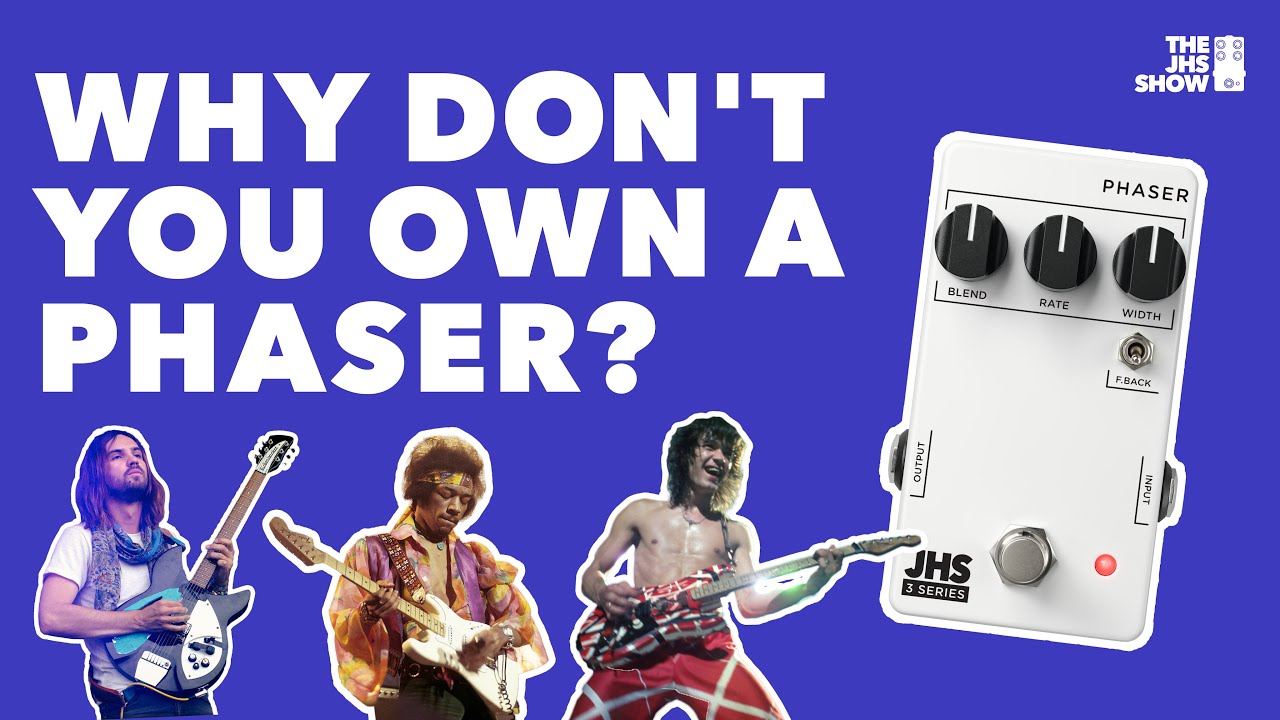

















![[Enhanced Tone Control] The preamp effect single pedal enables precise adjustment of overdrive volume, medium-high frequency, low-frequency volume, and output volume, enhancing your overall sound quality and performance experience. [ Design] This eff...](https://m.media-amazon.com/images/I/41g4nd91p9L._SL160_.jpg)




